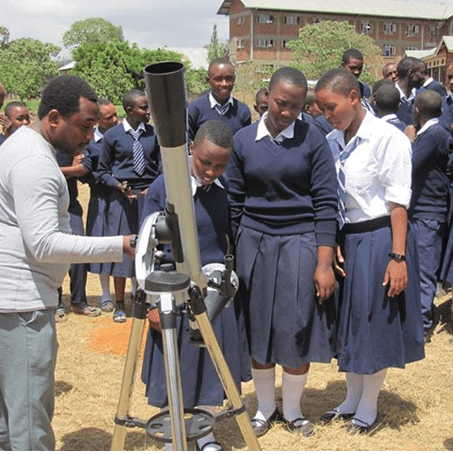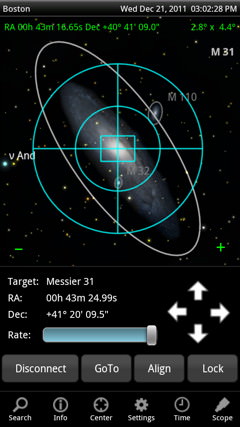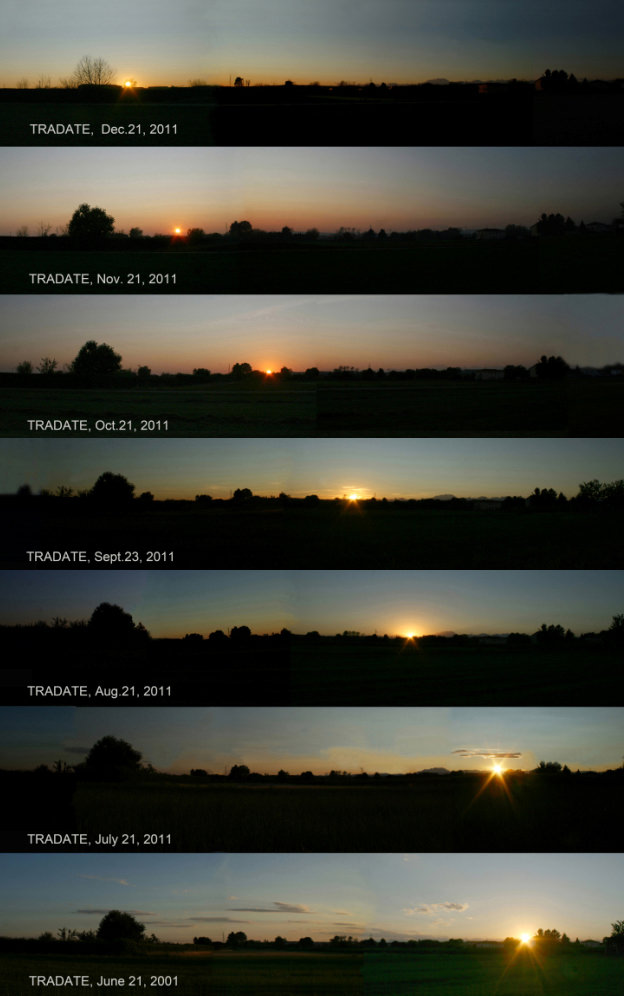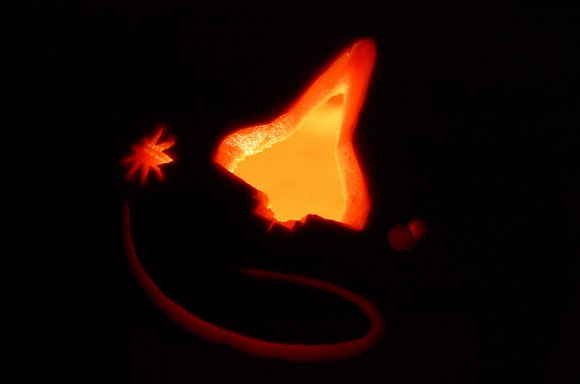The international astronomy outreach group Astronomers Without Borders has launched a major crowdfunding campaign on Indiegogo, and they need your help. They are looking to raise $38,000 to fund a science center and observatory in East Africa to bring quality science education to the children of the area.
“It will be a game-changer for the region and a big project demonstrating the importance of astronomy education, including new curricula for teaching astronomy, teacher training, and more,” Mike Simmons, President and founder of AWB told Universe Today.
AWB has been actively working in this region since 2011 with their Telescopes to Tanzania project.
Simmons said Tanzanian students are often without textbooks and many basic educational resources and teacher training in science is often lacking.
“Providing the opportunity for people to get involved in this important project in East Africa is a perfect fit for Astronomers Without Borders’ motto, ‘One People, One Sky,'” he said.
After three years of making a difference in Tanzania by providing telescopes and teacher resources for schools, this new campaign goes even further, helping to provide a sustainable vision for the future and a pathway to success for the country’s youth.
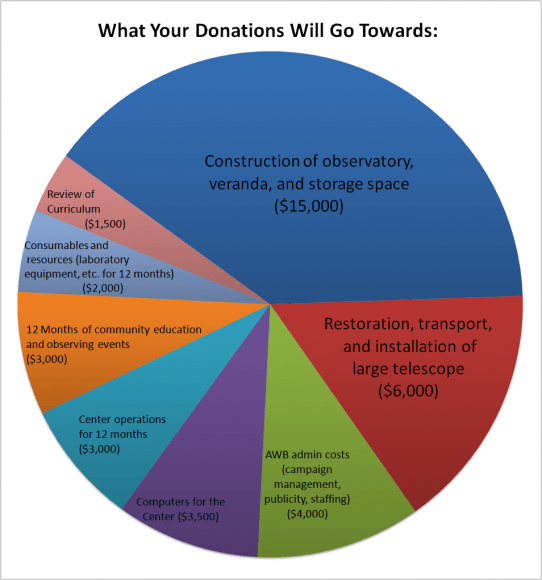
The Center for Science Education and Observatory will provide astronomical and science training for both teachers and students. AWB said in a press release that by integrating astronomy into the national teaching curriculum, the center will be able to develop and circulate hands-on science and astronomy teaching resources to schools around the country. The center will also house hands-on laboratories, and an astronomical observatory with a portable planetarium, and internet connectivity so that connections can be made with science centers worldwide.
“We’re excited to be taking the next step in making this unique and innovative project a sustainable reality,” said Simmons. “The need is great and a lot has already been accomplished.”
To learn more about supporting The Center for Science Education and Observatory and Telescopes to Tanzania visit the Indiegogo campaign page at

